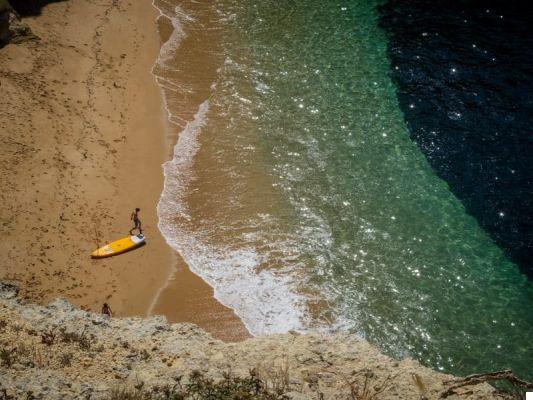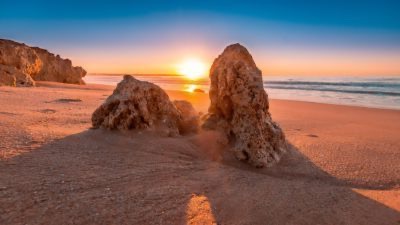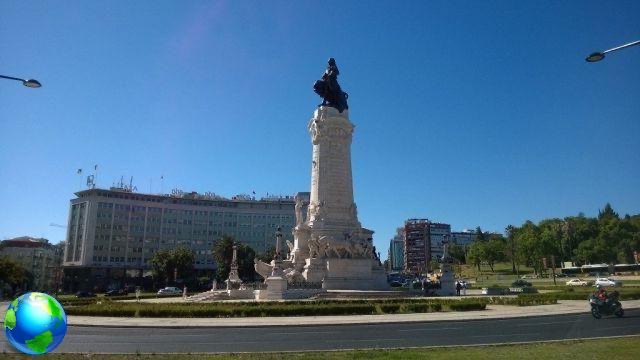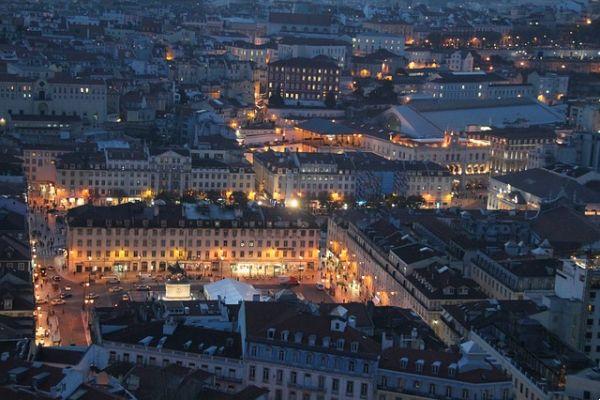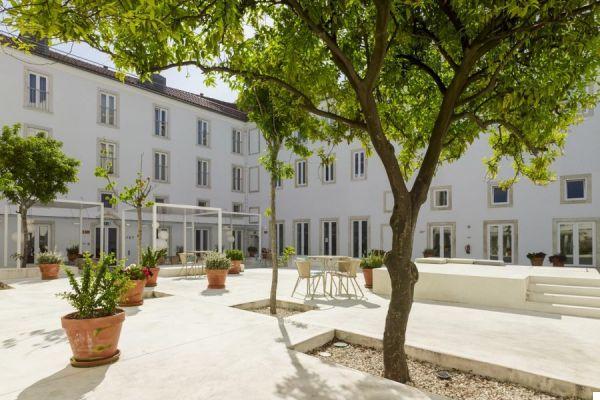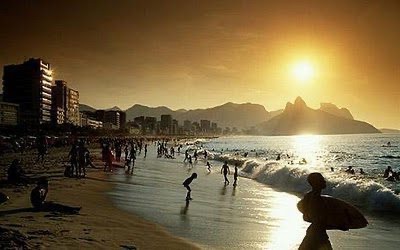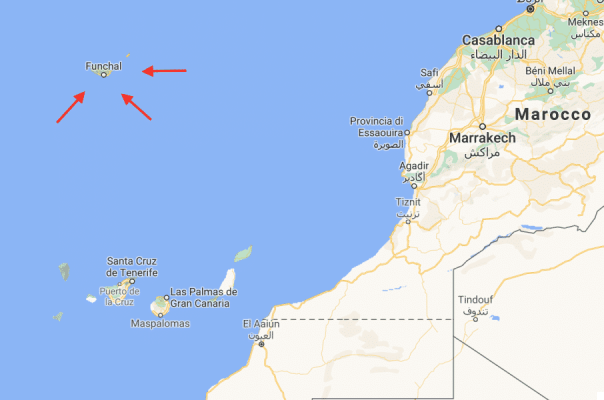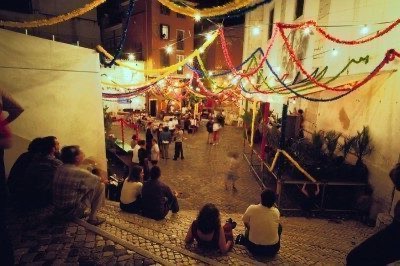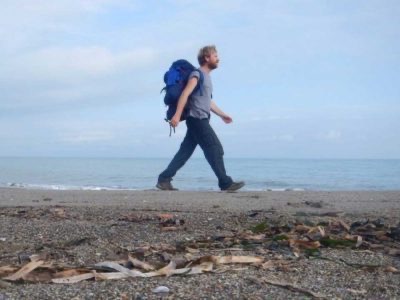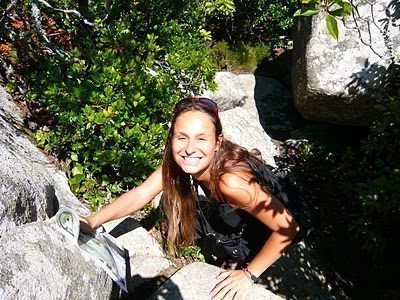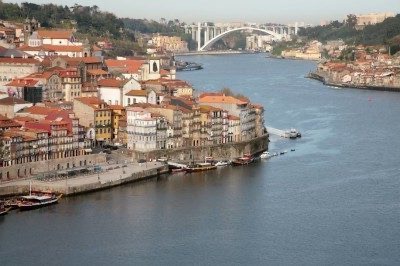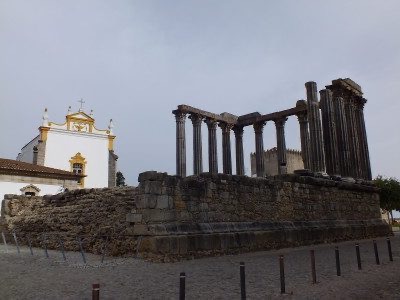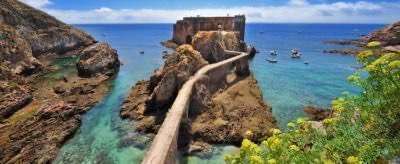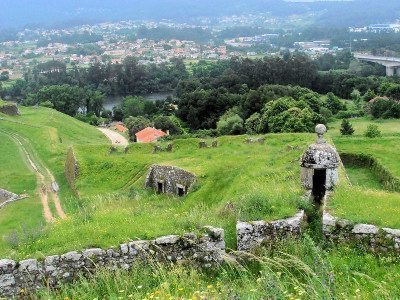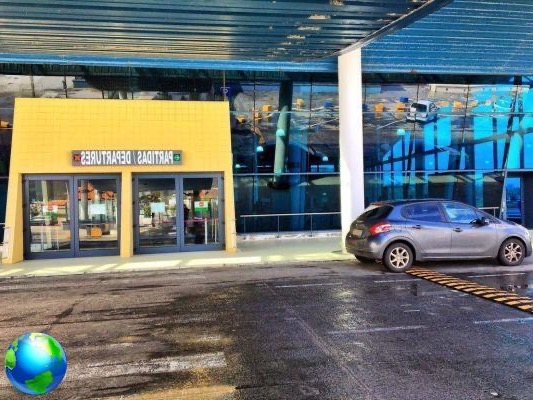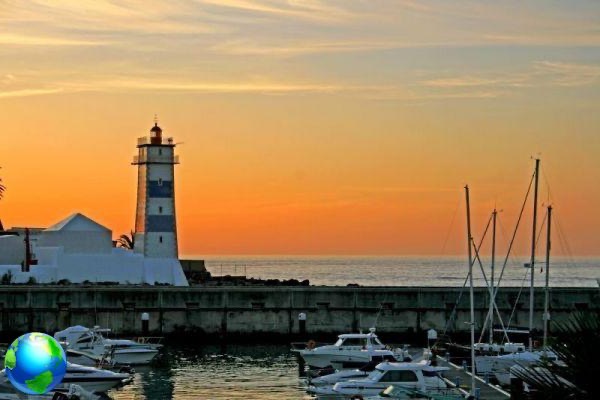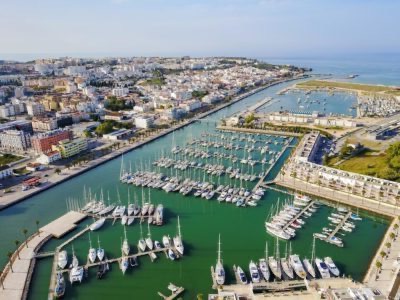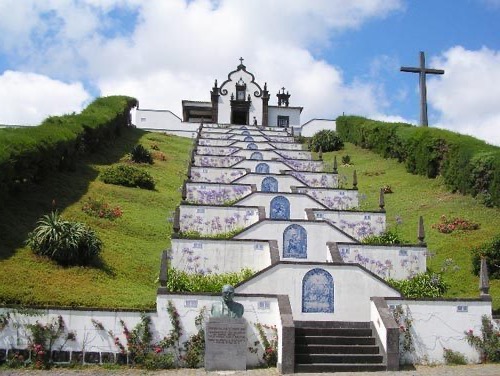THEFin it is the largest region of Portugal and occupies a very large territory that extends from the Tagus River (the same one that lies in front of Lisbon) to the south. In fact, the Alentejo makes up about a third of the entire country and is considered the garden of Portugal thanks to his cork plantations, vineyards and wheat fields. Speaking of cork, the Alentejo supplies around 50% of the entire cork supply to the world and is one of Portugal's most important imports. Tolta Èvora, a trip to the Alentejo is a trip to rural Portugal, where you cross large estates where many animals find refuge. Over all the storks, beautiful with their large nests, you can see them everywhere! The main attractions of the region are the two cities recognized as UNESCO World Heritage Sites (Èvora and Elvas), the many fortified villages such as Monsaratz, Marvao, Serpa and Mértola Rota Vicentina and the beautiful ocean beaches close by Vila Nova de Milfontes. It is a trip that I really enjoyed because it is the right tourist thing, the things to see in Alentejo are very beautiful and it is also super-cheap compared to the rest of Portugal so .. I recommend it !!
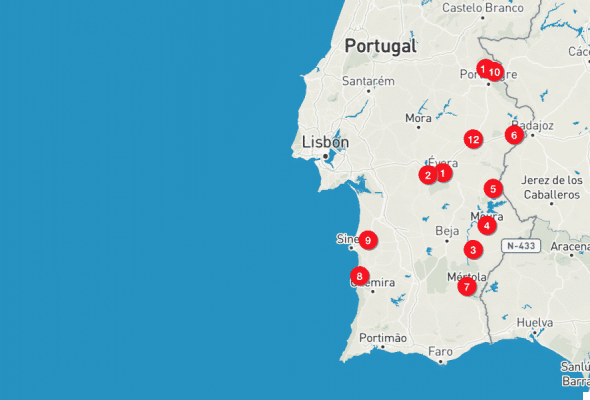
How to reach the Alentejo
The easiest and most comfortable way to to reach the Alentejo is to fly to Lisbon and then move from there by car or bus (Èvora is just over an hour from Lisbon). I included it in a longer road-trip that also included theAlgarve and Extremadura, but you can very well consider exploring just the Alentejo in 4-5 days.
How to get around in Alentejo
In Car
The best way to get around the Alentejo is undoubtedly by car, which guarantees you maximum freedom and allows you to reach even the most remote places in the region. The roads are beautiful and with little traffic. For car rental I always use the Rentalcars website and I chose the Guerin company, with which I got along well. To avoid scams, however, remember to always check the votes and reviews that users give to the various car rental companies. You can find them on the Rentalcars website itself, but you can also double check on Trustpilot. Some companies offer bargain prices but the service is bad.
How motorway tolls work in Portugal
If you decide to rent a car and intend to use the toll highways (indicated with the letter A), you should also rent the "Telepass" (it's called another way in Portugal, but it works the same). The payment of tolls is quite cumbersome because, in fact, you do not pay at the toll booths, but you have to go to pay at the post office later. Payment must be made within 5 days. Some motorways (including the main one in the Algarve) do not even have toll booths but simply cameras that take the license plate number. All rental companies allow you to rent the Telepass for less than 2 euros per day (I think I spent 1,65 euros / day) and will ask you for a credit card to block 100 euros from which the tolls will then be deducted. With the Telepass, when you meet a toll booth, simply go into the dedicated lane (indicated as “Via Verde”, usually the one on the left) and on a display you will see how much you have spent. The cost of tolls, with the same distance, is almost half that in Spain.
By bus
Several bus companies (such as the Network-Express or the Eva-Bus) serve the Alentejo tourist resorts and several small villages inland, but I don't recommend exploring the region by bus, unless you really have a lot of time on your hands.
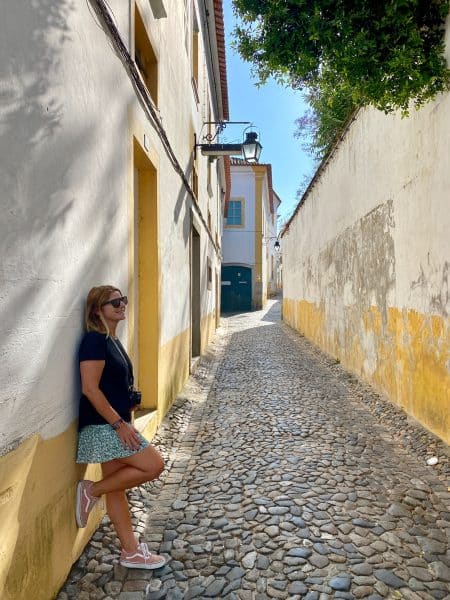
When to go to Alentejo
Like all of central Portugal, the Alentejo has a mild and dry climate practically all year round. In inland areas towards Spain it hardly ever rains and in summer the days can reach insane temperatures. The best time to visit the Alentejo is definitely spring or autumn; I was there at the end of May and it was already more than 30 ° by day. In the summer I think it's really prohibitive.
Where to sleep in Alentejo
- Burgos Guest House (Èvora): a small hotel in a renovated building in the historic center. Very nice and very comfortable to walk around the city.
- Quita do Vau (Mèrtola): perhaps the hotel I loved the most during the whole trip I made in Portugal. The hotel is new, beautiful and in a great location overlooking Mertola and the river. The infinity pool is also top.
- Santiago Hotel Cooking & Nature (Santiago do Cacem): A high-end hotel (4 stars) that I gifted myself on the last night. Very nice and full comfort, with a very good restaurant and a view over the village of Santiago do Cacém.
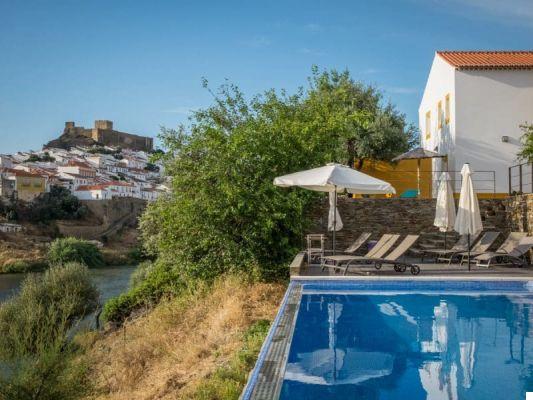
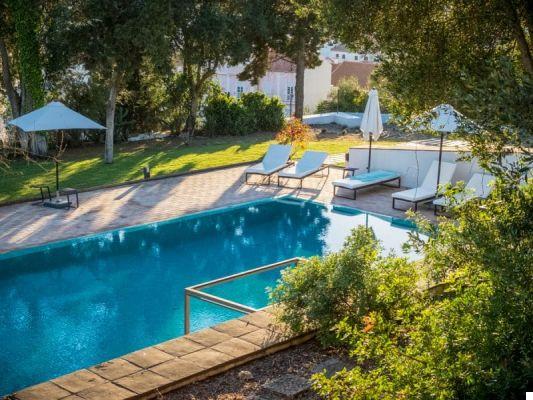
What to see in Alentejo: all the places not to be missed
Èvora
The first thing to see in Alentejo is definitely Evora, one of the most beautiful and best preserved historic cities in Portugal. Founded by the Celts, Evora was later fortified by the Romans and its position on the trade routes allowed it to thrive. Today Evora is a city with a beautiful historic center enclosed within medieval walls and preserves a Roman temple (the temple of Diana), several XNUMXth century residences, the second oldest university in Portugal after Coimbra, a medieval aqueduct and several he asked that it is worth seeing. Its university still attracts many students, which makes the city very lively and lively. I fell madly in love with it !! Among the things to see in Evora there are certainly:
- Diana temple: the evocative ruins of this Roman temple are located right in the heart of the old city, inside a beautiful square with a kiosk and a garden overlooked by other historic buildings.
- Chiesa dos Loios and Palacio dos Duques de Cadaval: a church and a historic residence located in front of the temple of Diana with magnificent azulejos inside.
- The Self: the majestic cathedral of Evora with a Gothic cloister and a tower that can be climbed to have a beautiful view of the city from above.
- old university: founded in 1559, it is the 2nd oldest in Portugal. You can freely enter its magnificent courtyard and peek inside the classrooms covered with azulejos.
- Chiesa de Sao Francisco and Capela dos Ossos: famous for the "bone chapel", a room that houses the bones and skulls of about 5000 monks.
- Agua Prata Aqueduct: this medieval aqueduct is visible in the north of the center and it is curious because some houses have been incorporated inside.
- Giraldo Square: the fulcrum of Evora, overlooked by beautiful buildings, bars and restaurants and from which several alleys of the old town start.
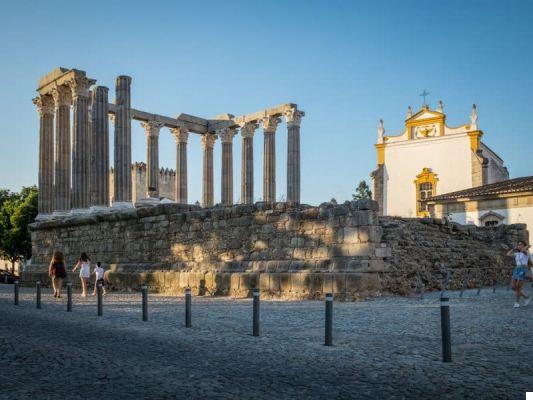
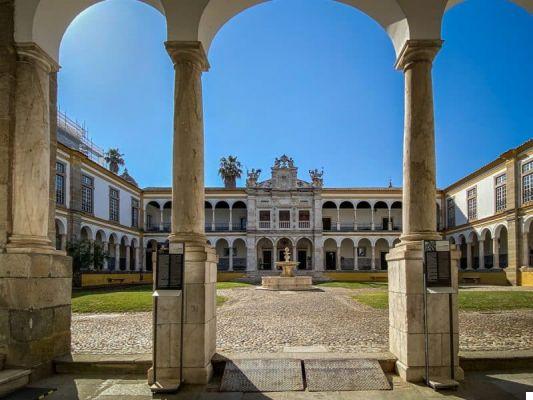
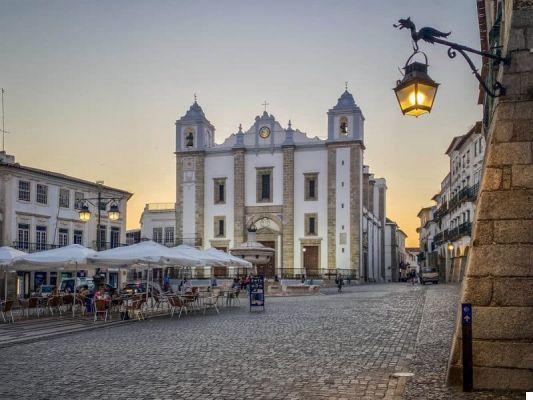
Almond Cromeleque
Around Evora there are at least a dozen prehistoric, megalithic sites, with dolmens (burial chambers), menhirs (vertical stones), stone circles, etc. The most spectacular site is certainly that of Almond Cromeleque which is located 13km outside Evora. Walking a few kilometers of dirt road (without problems!) You reach the largest and most imposing circle of peter in the Iberian peninsula, with 92 stones aligned on the side of a hill. Built in several times, between 6000 and 7000 years ago, it is believed that it was an astronomical observatory also used for fertility rituals. It is a particularly suggestive place, also because it is immersed in a cork oak forest.
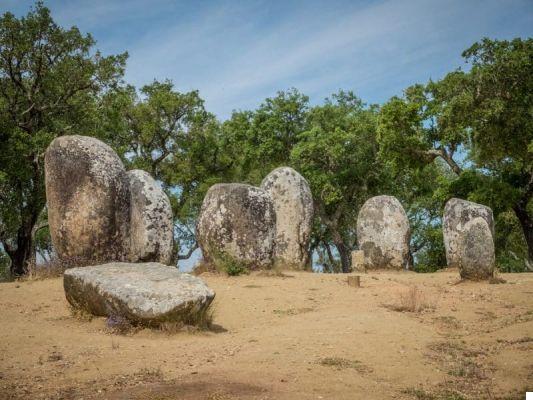
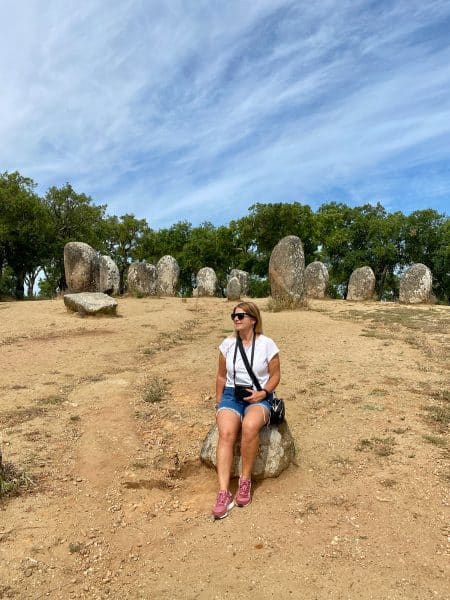
Monsaraz
Proceeding from Evora towards the Spanish border, there is Monsaraz, one of the must see things in Alentejo. We are talking about a small village (it has two streets or a little more) perched on the hills on the border, within a beautiful wall. It is a small jewel made of whitewashed houses, with a few restaurants and the remains of a castle from which you can enjoy a magnificent view of the lake created by the Alqueva dam and on the surrounding fields. The reservoir is as far as the eye can see (in fact it forms the border between Portugal and Spain) and there are also small beaches equipped for swimming.
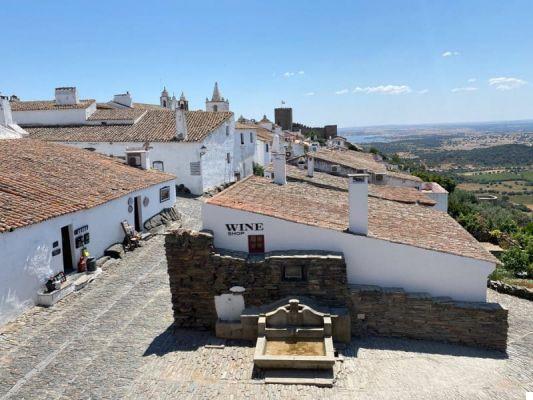
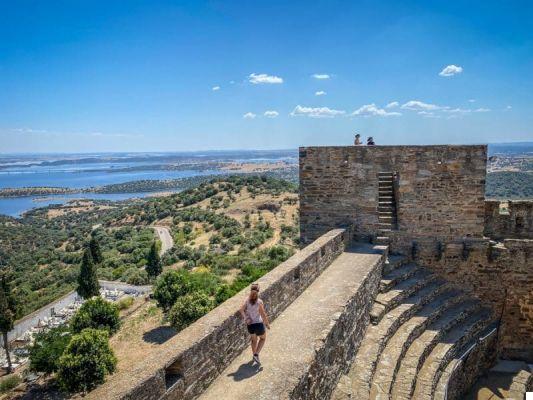
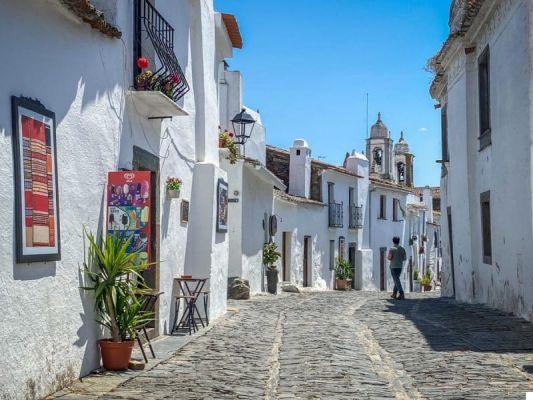
Moorish and Serpa
Going south, always along the Spanish border, we meet first Moura and then Serpa. TO Moura there isn't much, I made a stop there, but if you don't have time you can also skip it. It is a small medieval village whose only appeal is the spa. Serpa, on the other hand, is more beautiful and interesting; is a classic Alentejo town surrounded by well-preserved walls, a castle and white houses. The centerpiece of the town is Praca da Republica with nice cafes and restaurants (absolutely recommended the Alentejano restaurant, you eat well, huge and cheap portions), but it is also worth going up to the castle and wandering through the manicured alleys full of flowers.
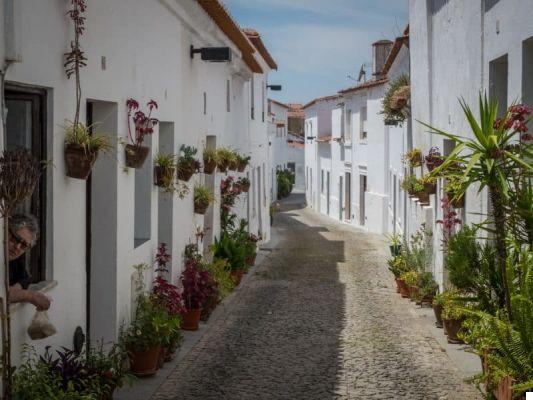
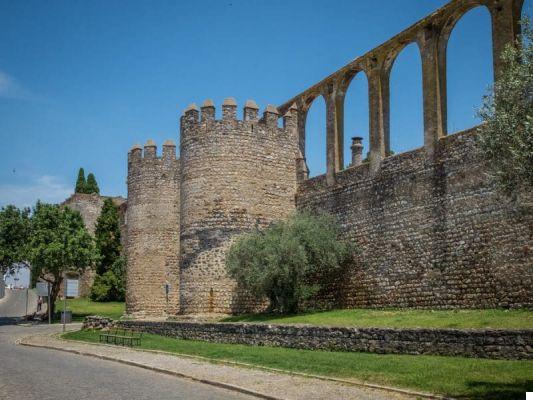
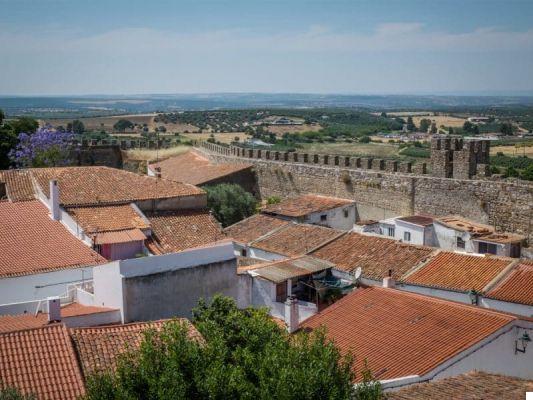
Mértola
After Evora, the place I liked the most in Alentejo is definitely Mértola. It is located in the south of the region, near the Algarve, in a beautiful location, perched on a spur on the confluence of the Guadiana and Oeiras rivers. Mértola has even Phoenician origins, when it was an important river port and, as happened for other Portuguese cities, it was later fortified and enlarged by the Romans and the Moors. The alleys that go up to the castle are a gem, as are the small shops, bars and restaurants that you will encounter while walking. For the most beautiful view of the town, however, you will have to cross the river and go to the Hotel Quinta do Vao: from there you will take the postcard photo. The river is still navigable (and used for this purpose) and in some places there are beaches for swimming.
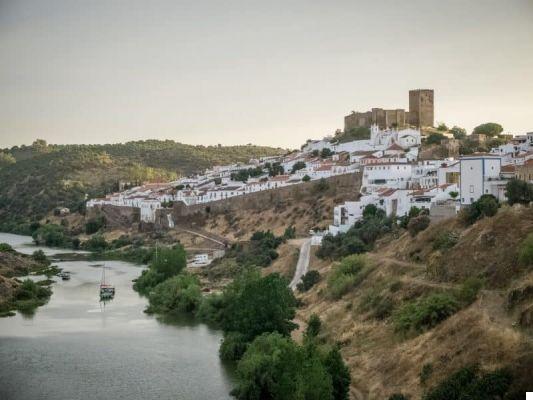
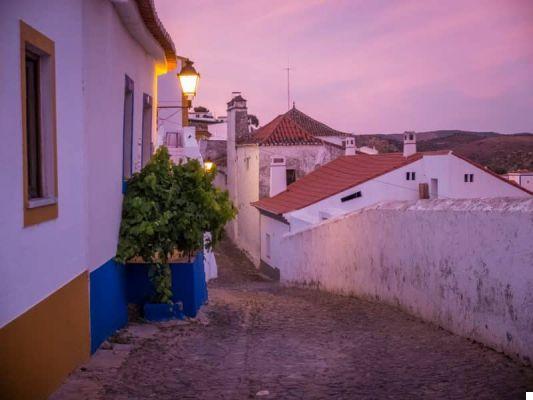
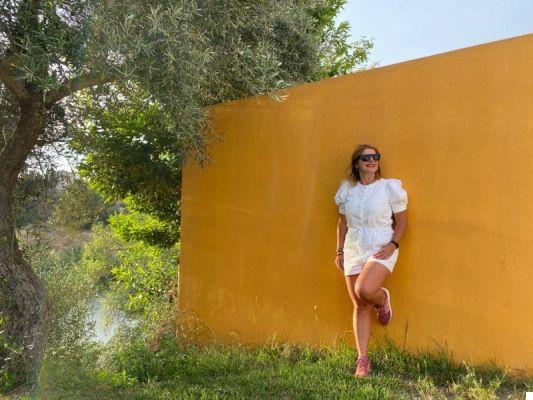
Vila Nova de Milfontes
We now move to the sea, to the most famous and popular seaside town in the Alentejo, that is Vila Nova de Milfontes. It is a popular location for Portuguese families (many have second homes here) and can be very crowded in summer, but it is worth a stop. Built on the estuary of a river, the town develops around a small castle surrounded by the usual white alleys full of well-kept bars and restaurants. Around, within walking distance, there is the city beach, but the most beautiful beaches (such as Furnas) are a little off.
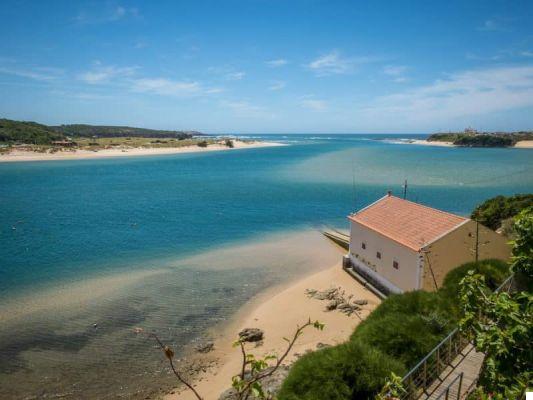
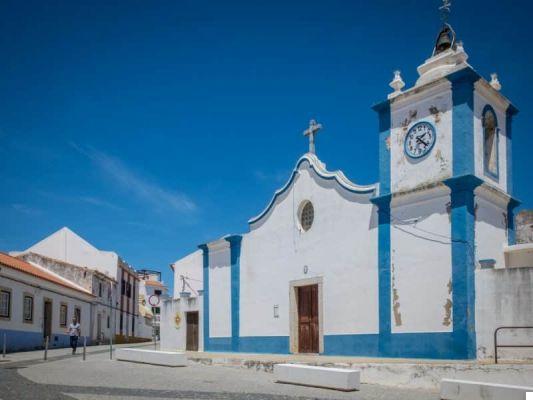
Santiago do Cacém and la Rota Vicentina
A little further north of Vila Nova there is Santiago do Cacém, a nice little town without too many pretensions, dominated (for a change) by a castle. However, many reach it because the famous path begins here Rota Vicentina. This 340 km long footpath runs from here to Cabo Sao Vicente in the Algarve. The northern half of the Alentejo has two alternative routes: from Porto Covo the Fisherman's Trail (fisherman's path), 115 km long, which follows coastal routes used by local fishermen. The other path is the Historic path (Historical Way) and walk inland, following ancient pilgrim routes from Santiago do Cacém to Cabo Sao Vicente.
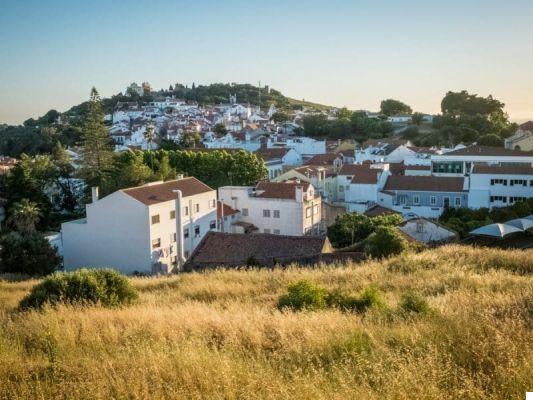
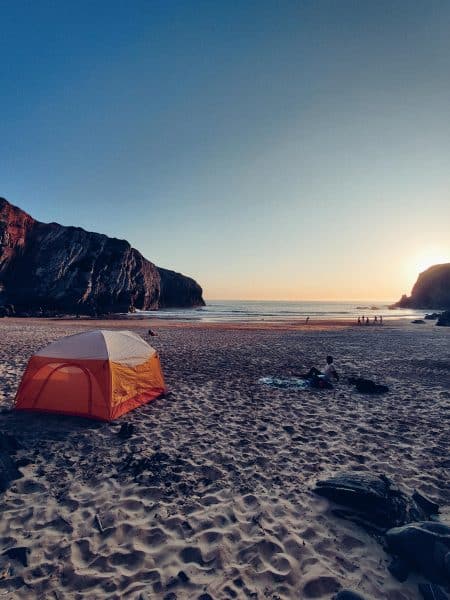
Castelo de Vide, Marvao, Elvas and Estremoz
These 4 locations (Castelo de Vide, Marvao, Elvas and Estremoz) I still include them among the things to see in Alentejo even if I have not been able to see them for reasons of time. Studying a little, however, I think it is worthwhile to include them in an Algarve itinerary if you have at least 5-6 days available. Another thing I haven't been able to do, which Alentejo is famous for, is one visit / tasting at one of the many wineries of the region. One of the most recommended is Adega Mayor, whose building was designed by Portugal's most famous architect, Alvaro Siza Viera.
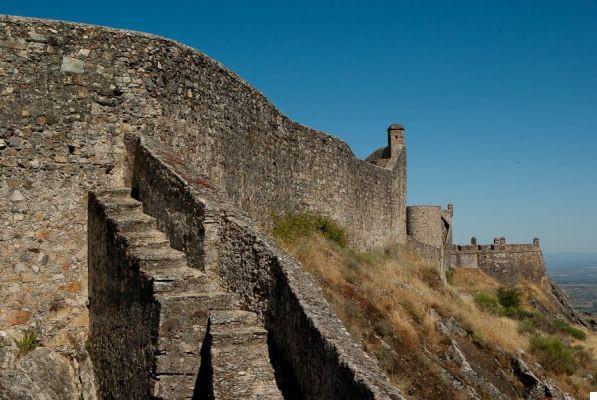
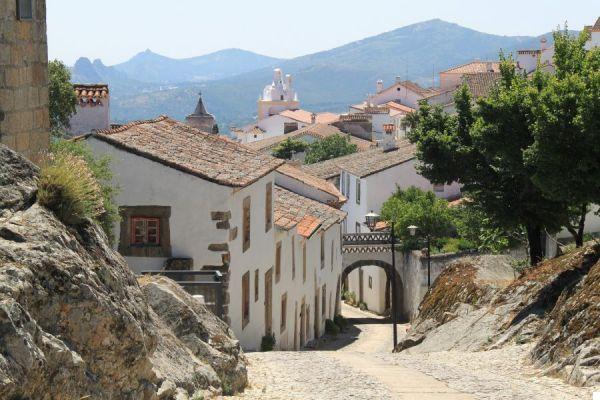
You might also be interested in these other articles I wrote about Portugal:
- Lisbon: what to see in 3 days
- Unusual Lisbon: 15 places to see to feel local
- Where to sleep in Lisbon: better neighborhoods and hotels
- How to organize a trip to the Azores: when to go, how and where
- Azores: what to see and what to do in these dream islands
- What to see in the Algarve: a road trip in southern Portugal
- Madeira: what to see on the island of eternal spring




